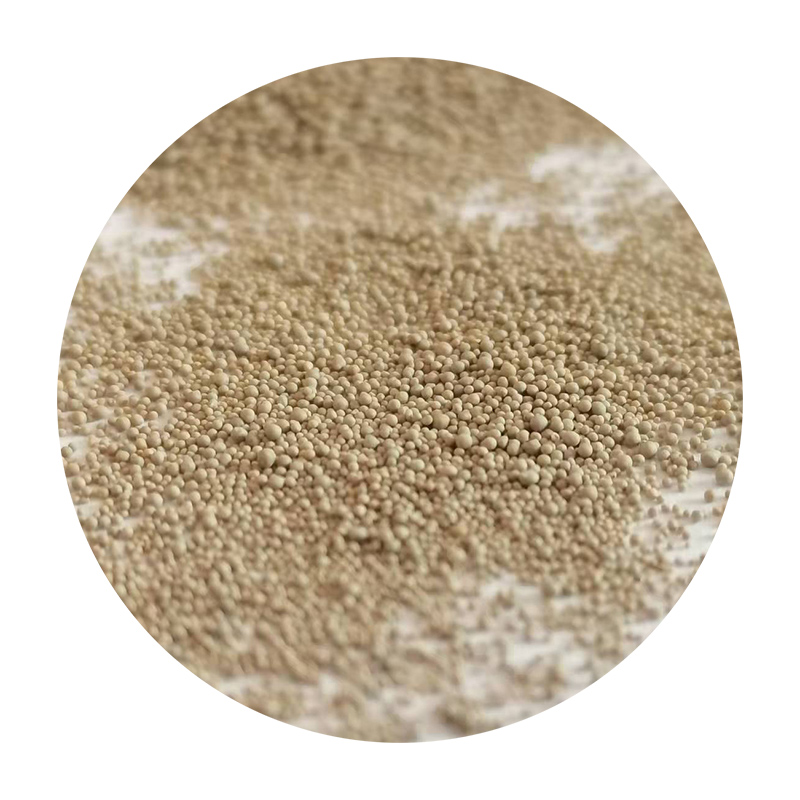The Use of Foundry Sand in Concrete A Sustainable Approach
In recent years, the construction industry has been constantly seeking innovative methods to enhance concrete properties while promoting sustainability. One such approach is the utilization of foundry sand in concrete production. Foundry sand is a by-product from the metal casting industry, where sands are used to create molds for metal castings. This by-product often ends up in landfills, leading to environmental concerns. However, its incorporation into concrete not only mitigates waste but also enhances various properties of the concrete itself.
Understanding Foundry Sand
Foundry sand predominantly consists of silica, which is finely grained and of high purity. It is used in casting industries because of its strength, thermal stability, and ability to retain moisture. After its use in casting processes, the sand is typically considered waste, but when treated properly, it can be repurposed for construction applications, particularly in concrete.
Benefits of Using Foundry Sand in Concrete
1. Waste Reduction One of the most significant advantages of incorporating foundry sand into concrete mixes is the reduction of landfill waste. By repurposing this by-product, we can divert millions of tons of sand from landfills annually, contributing to a more sustainable construction model.
2. Improved Workability Foundry sand can enhance the workability of concrete. Its uniform particle shape and consistency allow for better mixing and placement, reducing the chances of segregation. This improved workability can lead to smoother finishing and increased productivity at construction sites.
3. Enhanced Mechanical Properties Research has shown that the addition of foundry sand can improve the mechanical properties of concrete. This includes increased compressive strength, flexural strength, and durability. By substituting foundry sand for a portion of the traditional sand aggregate in concrete mixes, construction professionals can achieve superior performance characteristics tailored to specific structural requirements.
use of foundry sand in concrete

4. Cost-Effectiveness The use of foundry sand can also be economically beneficial. By reducing the amount of virgin materials needed, construction firms can lower their material costs. Additionally, many foundries are willing to sell their excess sand at lower prices than conventional aggregates, making the use of foundry sand an attractive option for cost-sensitive projects.
5. Environmental Benefits Utilizing foundry sand in concrete contributes to more sustainable building practices. It reduces the consumption of natural resources, like river sand or crushed stone, which are increasingly being depleted. Furthermore, using foundry sand can lead to lower CO2 emissions associated with the production and transportation of traditional aggregates.
Challenges and Considerations
While the advantages of using foundry sand in concrete are substantial, some challenges must be addressed. The variability in properties of foundry sand depending on its source can lead to inconsistency in concrete performance. Therefore, it is crucial for construction professionals to conduct thorough testing and quality control to ensure that the foundry sand meets the required specifications.
Additionally, the presence of residual contaminants, such as oils or metal particles, may affect the durability of concrete. Therefore, the sand must be carefully processed and screened to eliminate harmful substances before being used in the mix.
Conclusion
Incorporating foundry sand into concrete not only addresses critical sustainability challenges but also enhances the properties of concrete, making it a promising alternative to traditional materials. As the construction industry continues to evolve, embracing innovative solutions like the use of foundry sand will be essential to achieving environmental goals and improving the performance of concrete structures. By adopting these practices, we can create a more sustainable future while also meeting the growing demand for high-quality construction materials. The transition to greener alternatives, such as foundry sand, represents a significant step toward balancing industrial growth with environmental responsibility.
Post time:loka . 11, 2024 13:07
Next:Understanding the Sand Casting Process and Its Applications in Manufacturing
